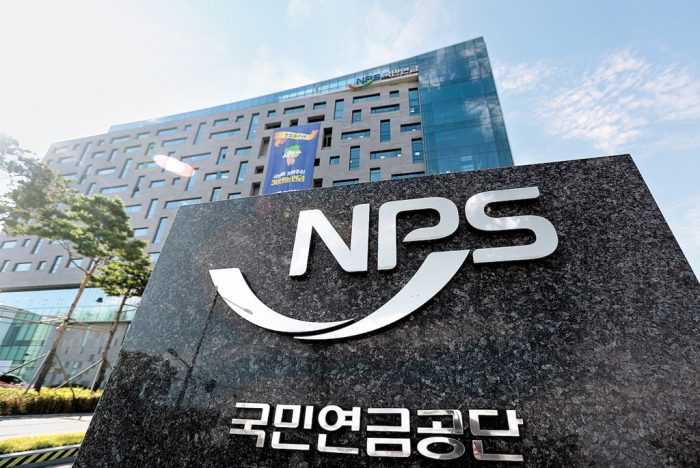The National Pension Service (NPS), South Korea’s state-run pension fund and the country’s largest institutional investor, is set to book a third straight banner year, with returns topping 11% through September on the back of a stock market rally, according to the investment banking industry on Friday.
The return is nearly 2 percentage points higher than that in the same period last year.
In 2024, it posted an all-time high 15% return from its investment activities, largely buoyed by a US stock rally and gains from alternative investments, following the previous record high of 13.59% in 2023.
The NPS will release its official third-quarter return figures in November.
LOCAL STOCKS LEAD THE CHARGE
The latest surge reflects a sharp rebound in Korean equities since President Lee Jae Myung took office in June, promising to restore investor confidence in Korean equities and lift the value of domestic shares.
NPS asset allocation plans for 2025 (Left) and the mid term from 2025 to 2029 (Screenshot captured from the NPS website)
The benchmark Kospi index has repeatedly set record highs this month, powered by heavyweight chipmakers, battery producers and platform companies.
NPS’s holdings in Korean equities returned more than 30% as of the third quarter, compared with less than 1% a year earlier, according to investment banking officials.
Overseas stocks have also delivered steady gains, led by US technology and consumer names.
The fund’s alternative portfolio, including real estate, infrastructure and private equity, also swung to a profit in the second half after logging a loss earlier this year.
A recovery in landmark properties in San Francisco, London and Hong Kong helped avert what could have been as much as 2 trillion won ($1.4 billion) in potential losses, officials said.
The NPS expanded its real-estate management team by 30% last year to tighten risk controls.
POLICY TENSIONS MOUNT
NPS asset holdings as of end-June 2025 (Screenshot captured from the NPS website)
Despite the strong returns, the fund is under scrutiny for gradually reducing its domestic equity exposure.
Under a five-year asset plan approved last year, the NPS will lower its allocation to Korean stocks from 15.4% last year to 14.9% this year and finally 13% by 2029, while keeping a heavier tilt toward overseas markets.
President Lee has condemned the approach, urging pension funds like NPS to play a bigger role in supporting local equities.
“Political pressure to use pension assets as a short-term tool to prop up Korean stocks is only going to intensify,” said one investment banking official, noting that the NPS, however, maintains its stance to adhere to its mid- to long-term asset allocation plan.
Another added, “The question is whether the short-term rally-driven gains can last.”
The NPS, the world’s third largest pension fund with more than 1,267 trillion won, or $907.8 billion, in assets under management as of end-June, held 35.2% of its assets in global equities, or 446.5 trillion won.
Domestic bonds accounted for 25.9%, alternatives for 16.3%, domestic equities for 14.9% and overseas fixed income for 7.1%.
Write to Gyeong-Jin Min at min@hankyung.com
Sookyung Seo edited this article.
